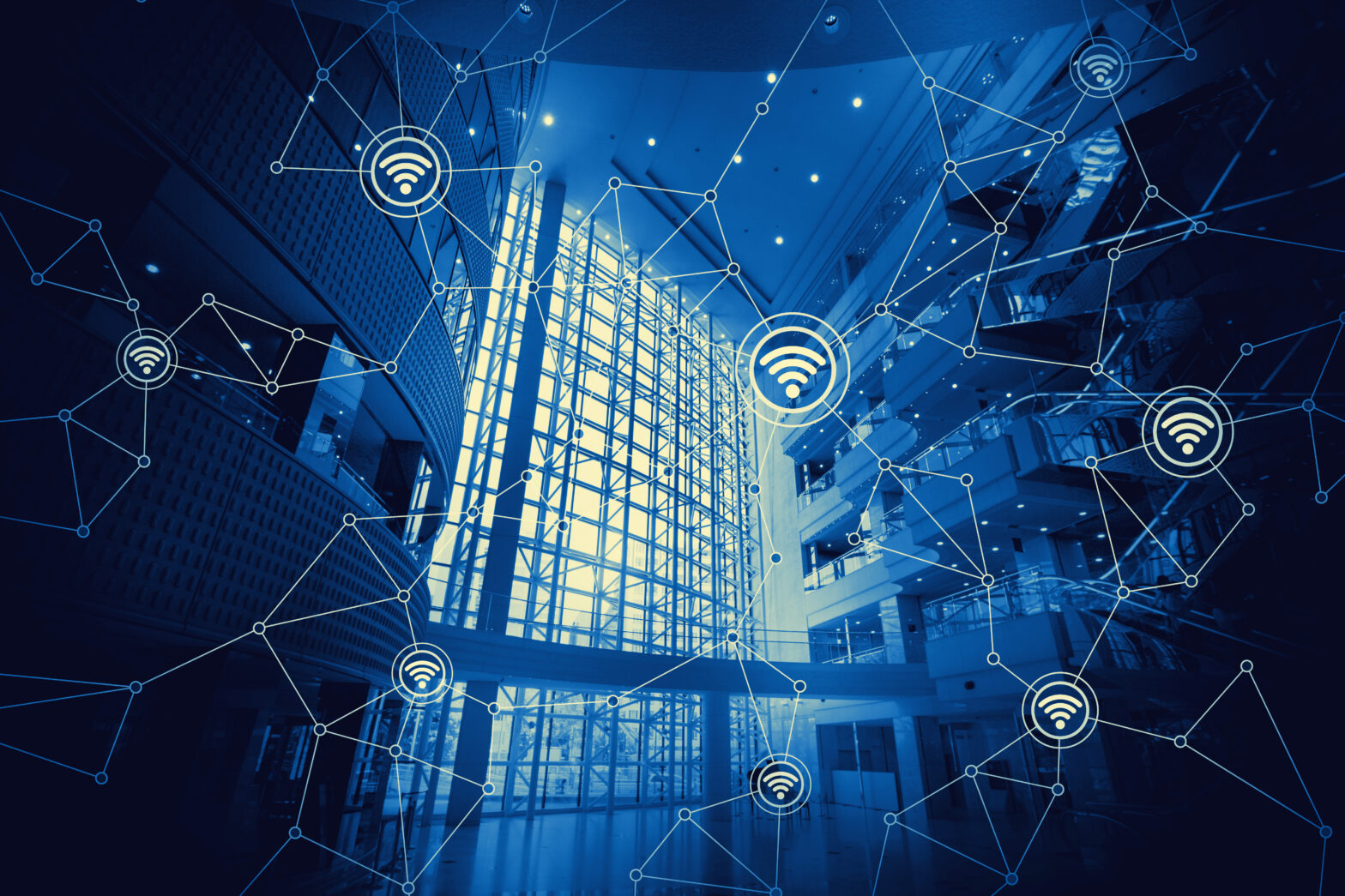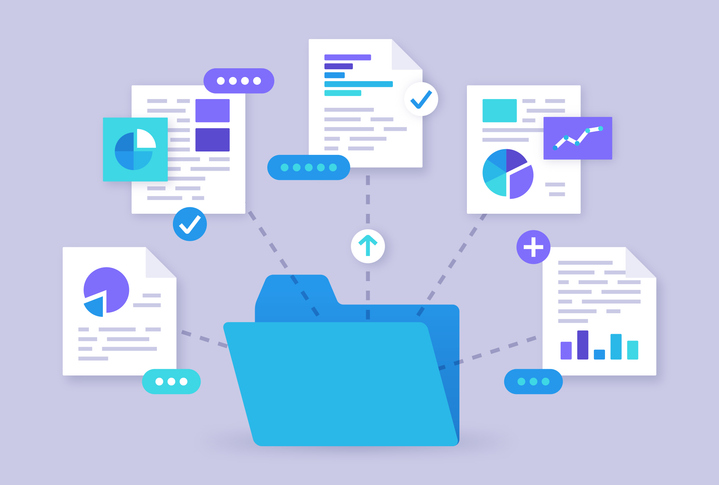Enterprises are now getting serious about their IoT investments; Gartner predicts businesses will spend $964 billion on it in 2017. In a recent global survey report of IT and business-level decision-makers released by HCL Technologies & MIT, 81% of businesses said they had either begun their IoT journey, or plan to do so in the coming 12 months.
However, many feel they are already behind in the process with more than half of those surveyed said they are already behind in fully harnessing IoT capabilities, with 43% saying this will negatively impact on customers.
While it’s great to see many businesses finally embarking on their IoT journeys, after all of the ideation and exploration, they have a way to go before achieving the efficiencies, creating competitive edge and increasing profits.
>See also: The rise of IoT in industrial organisations
In reality, the first investment businesses make in IoT is only the beginning of this journey. Based on our experience there are three stages businesses need to work through to ensure they truly reap the rewards IoT can bring.
First stage: Using IoT data to streamline processes
There are often immediate benefits for enterprises to secure when they start at the first stage of IoT maturity; at a very basic level, information gathered from connected devices can be used to directly improve operations within single business teams.
An example of this is a fleet operator that places sensors in vehicles to detect mechanical failures. This IoT enabled device can then track an issue as it develops, and act before a malfunction occurs.
>See also: IoT heading for mass adoption by 2019
This brings immediate benefits in terms of a vehicle not being taken off the road, end customers not disappointed with delayed deliveries and the fleet operator avoiding the likely larger cost of fixing an issue once it has occurred. This has a direct positive impact on both costs and customer satisfaction.
Second stage: Creating new revenue streams
A recent McKinsey survey found 92% of enterprises expect IoT to have a positive impact over the next three years due to improving operations or by allowing them to develop new products with embedded IoT capabilities. The focus here therefore is to create framework for monetising investments.
When seeking out these benefits, it is important to remember that customers seeks to buy solutions to their problems or needs. Manufacturing companies’ assets or products are just a medium to achieve that goal.
As a result, the better the solution is, the higher the price the customer is often willing to pay for it. This is where IoT can prove a catalyst to drive onto the next level: enterprises can use it to create many new services around their existing products or technology platforms to achieve this and thereby monetise their assets better.
>See also: Is 2017 the year the Internet of Things will die?
For example, in one of our large customers in the industrial sector, we worked with them to create a better end to end services offering around escalators by bringing together their driver division and motors division. This resulted in better predictive maintenance of the systems effectively reducing the number of field trips required.
Third stage: Using data-led insights to transform the business
This third stage of IoT maturity brings about a shift in the wider business model, as it can enable an enterprise to move from being solely a product-selling organisation to a richer solution delivering one.
This rings true in light of the HCL IoT survey where respondents indicated that the most likely benefits of IoT include increased organisational efficiency (66%) and improved use of data in order to drive insights (53%).
The same sentiment is being reflected in the McKinsey survey mentioned earlier too, which states that 62% of enterprises believe IoT’s impact will be very high, or transformative.
>See also: The Internet of things will create endless opportunities for the enterprise
So what would this look like in practice? One example that comes to mind is that of a vehicle manufacturer using data generated by telematics devices to help create a more personalised insurance policy than insurance providers have traditionally been able to deliver, by drawing on data points such as driving styles and areas customers regularly drive through.
An approach like this will stand an organisation in good stead for long-term stability as a service provider that’s able to adapt its offerings in line with market changes, demands from customers and new opportunities that open up for them.
A platform for success
The key to unlocking all this is having the right IoT platform to give full visibility into the data that sensor-enabled assets generate. This illumination of “dark data” and “dark assets” is a core value proposition of any IoT platform, which can help he organisation generate actionable insights from its systems and assets.
Only once this is in place can the data be democratised from R&D, manufacturing, supply chain and remote operations to benefit multiple areas of the business. This bootstraps a positive cycle of incremental productivity gains, better customer satisfaction and incremental revenues for the whole enterprise.
Sourced by Sukamal Banerjee, CVP Hi-Tech and Communications and global head, IoT WoRKSTM at HCL Technologies










